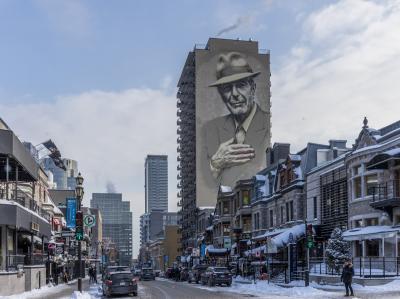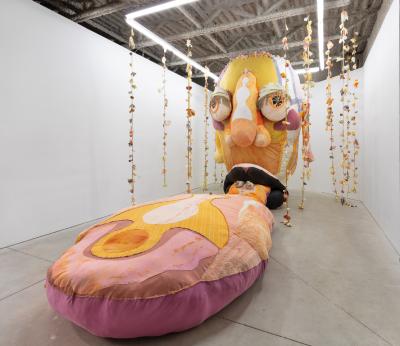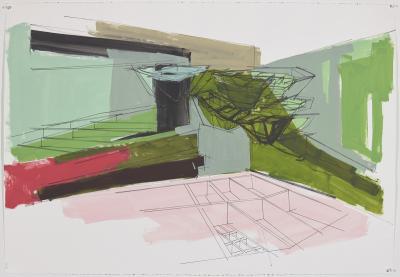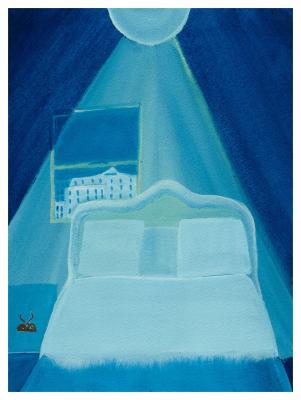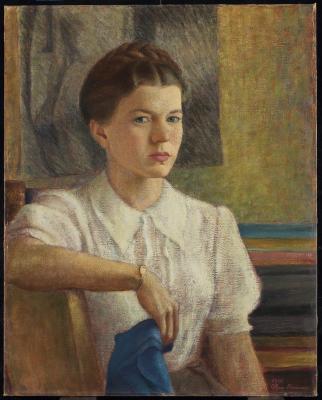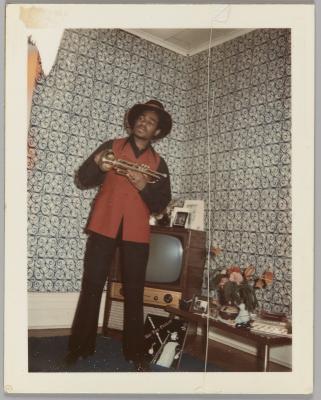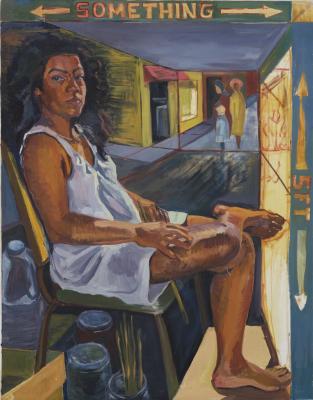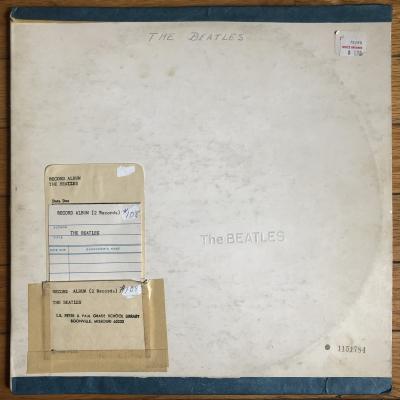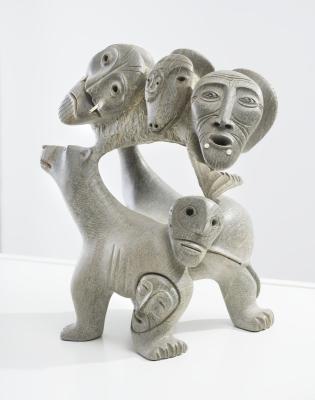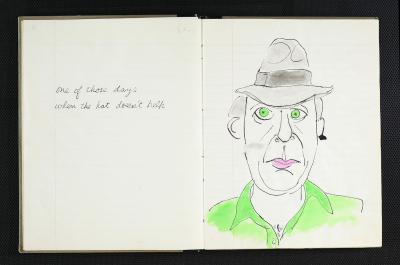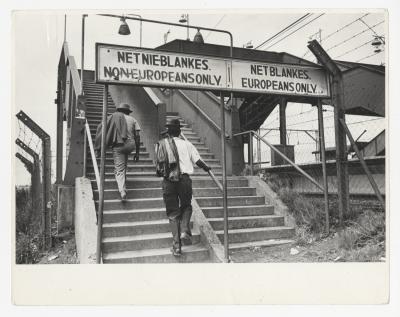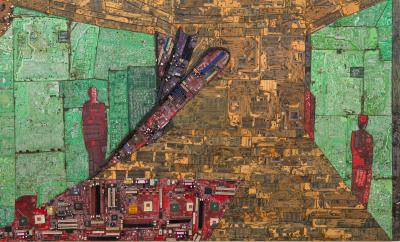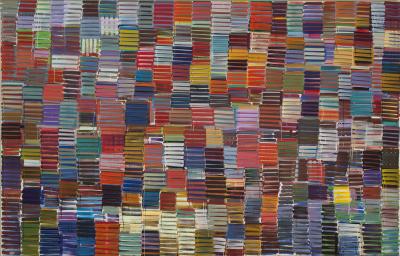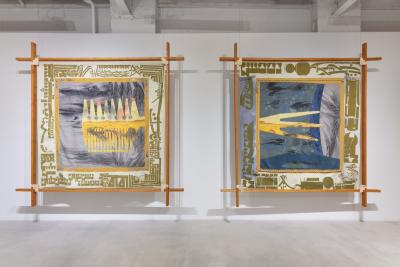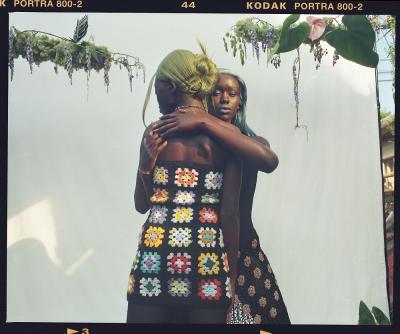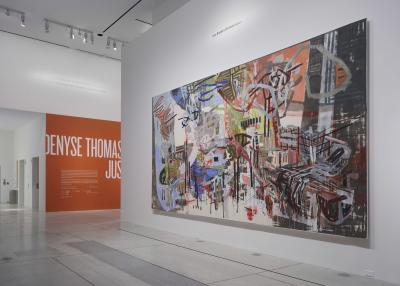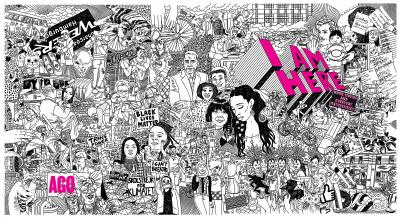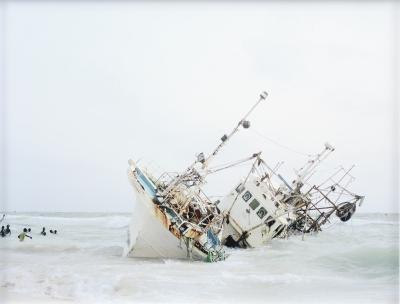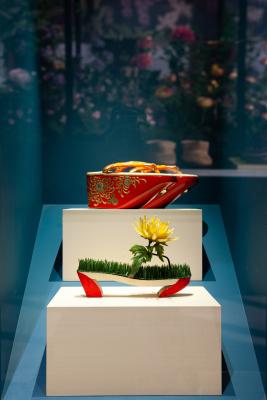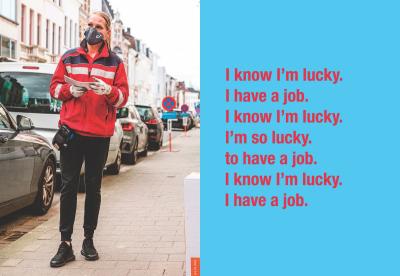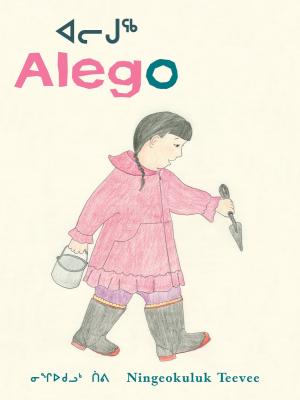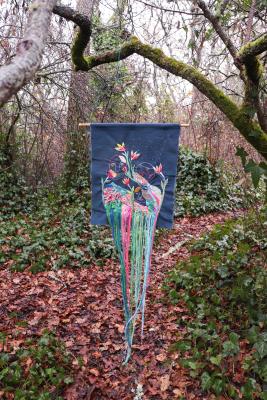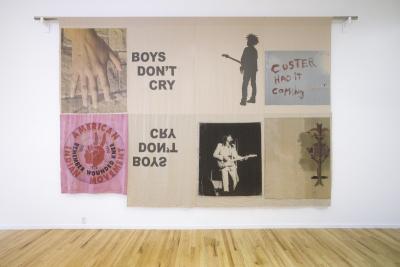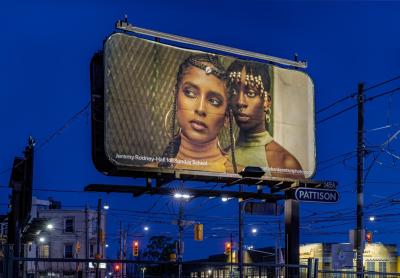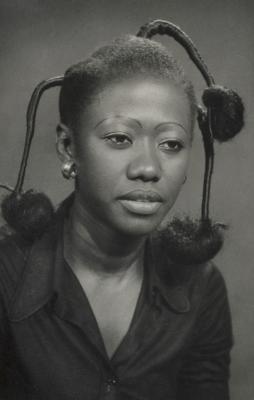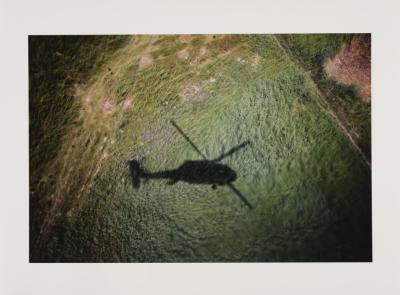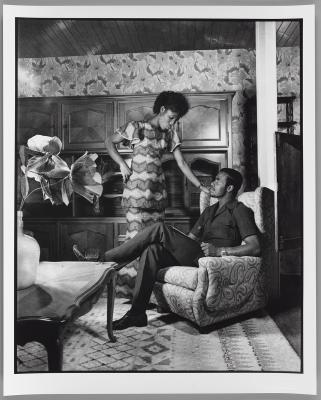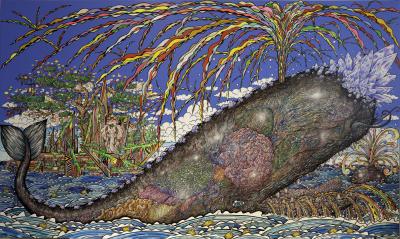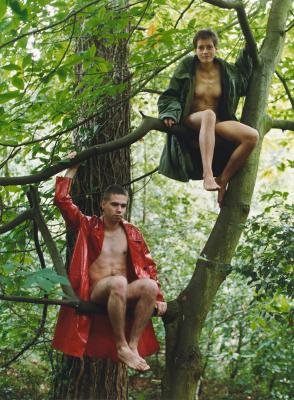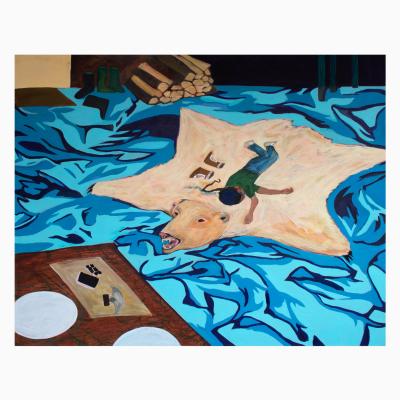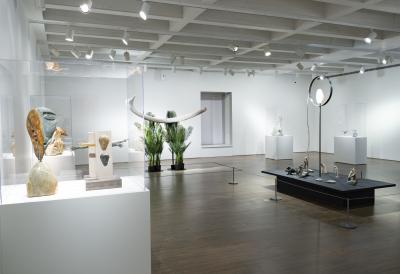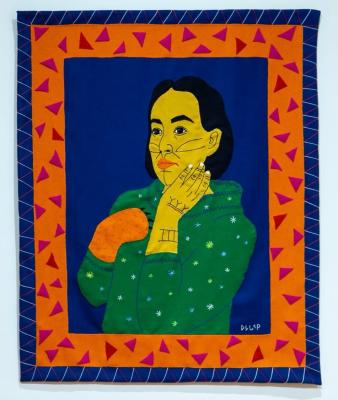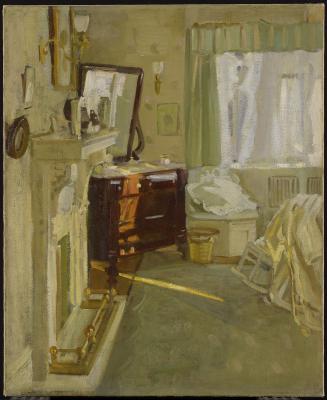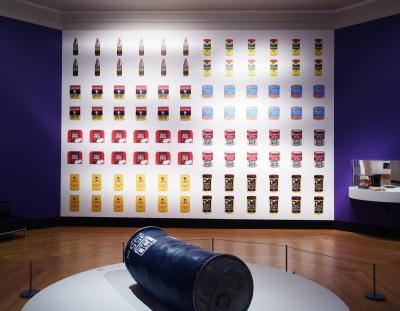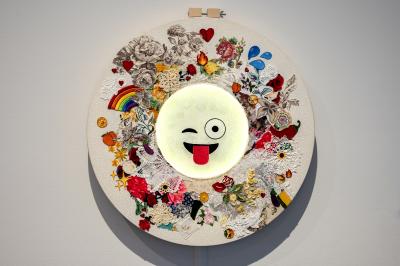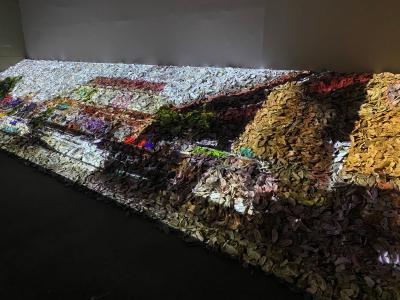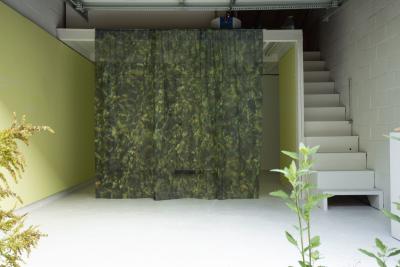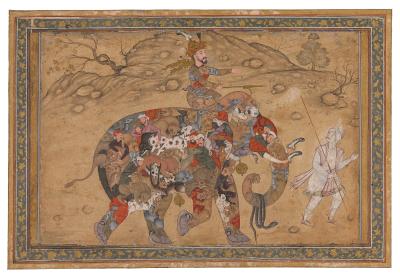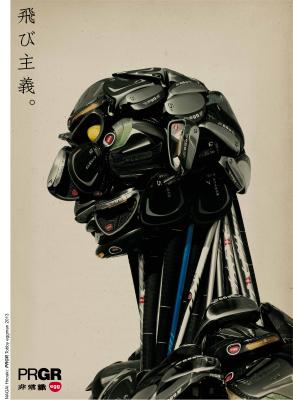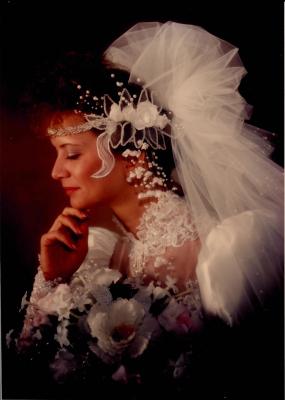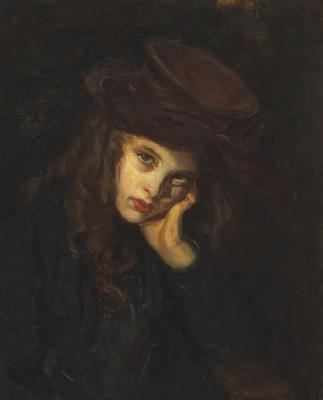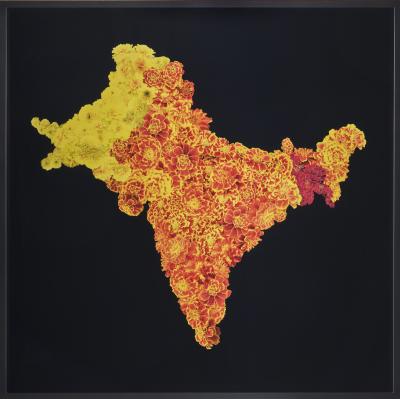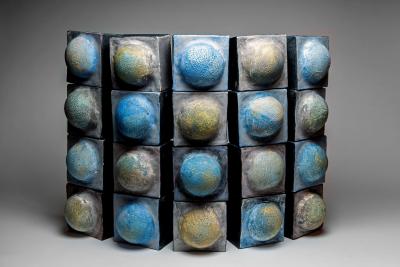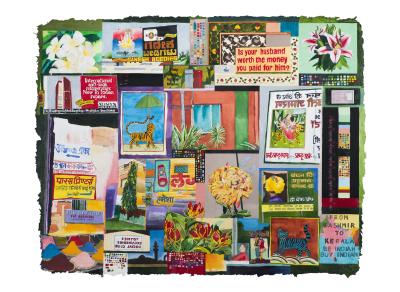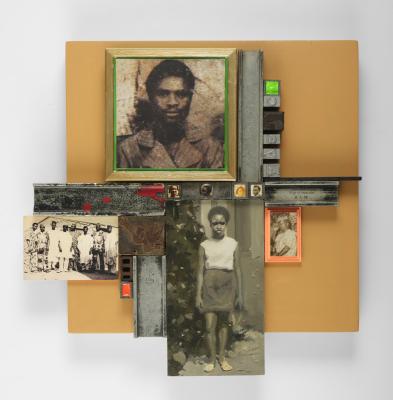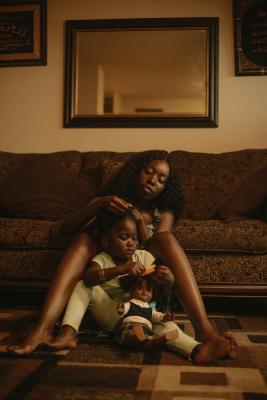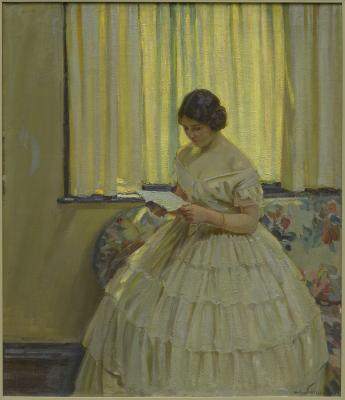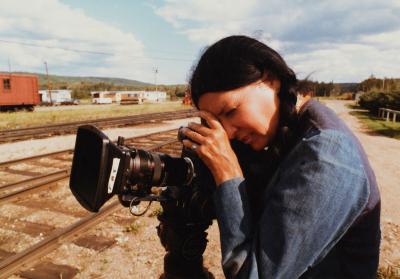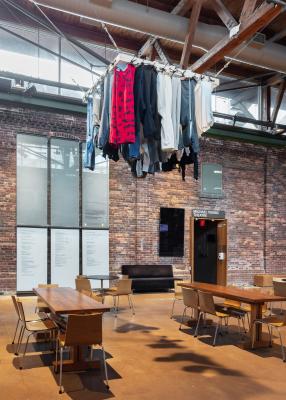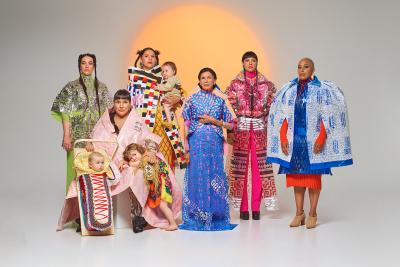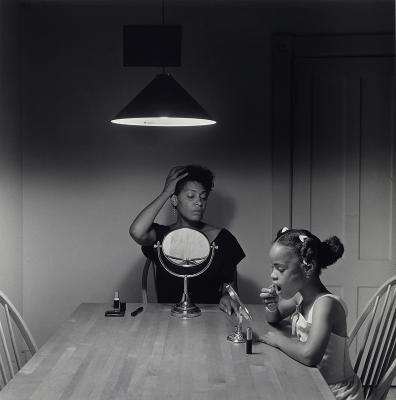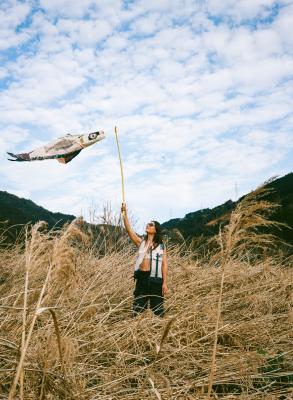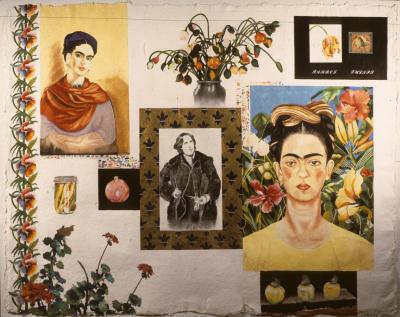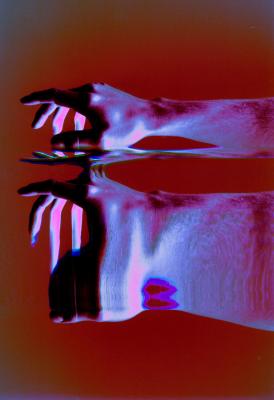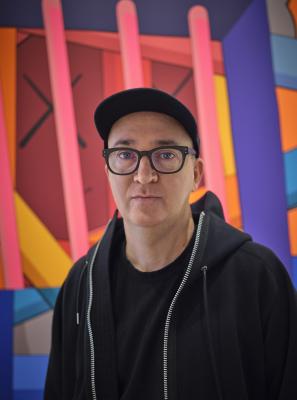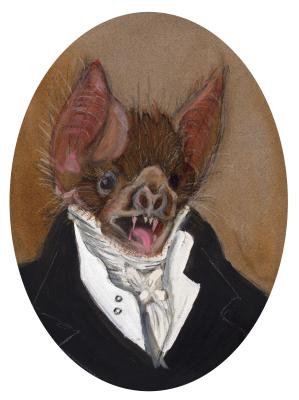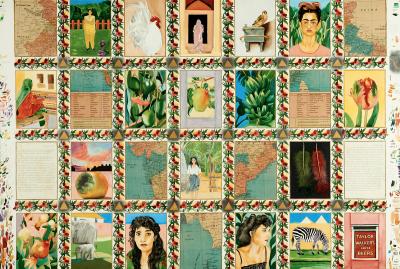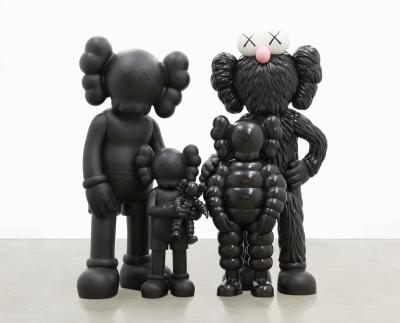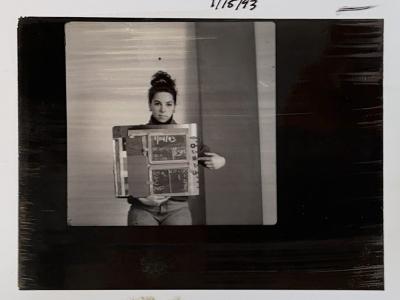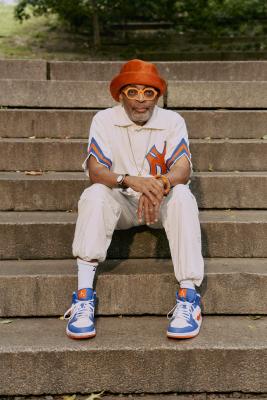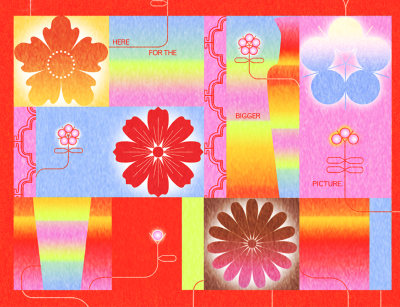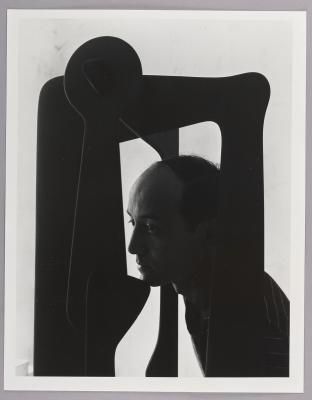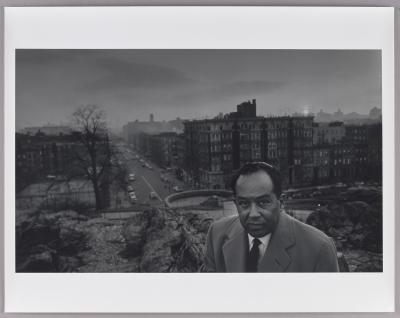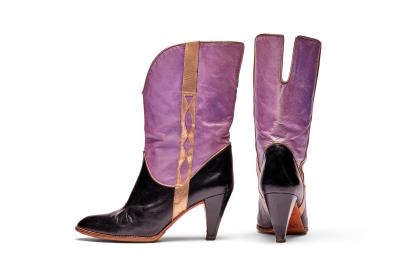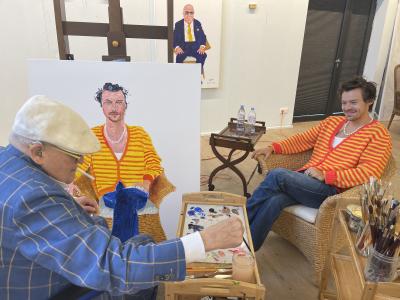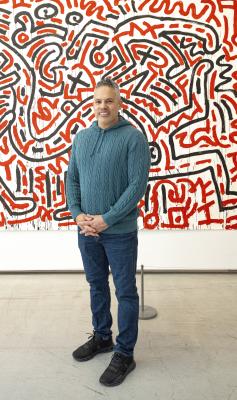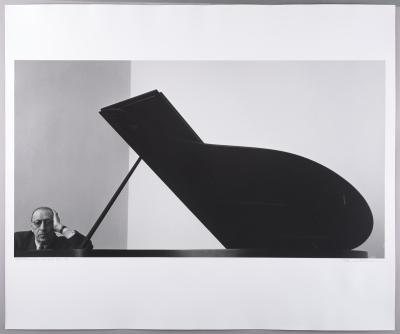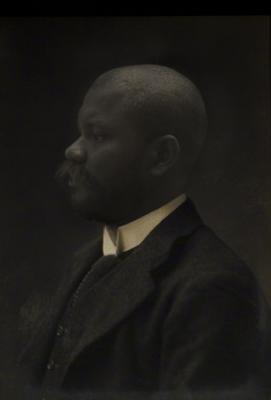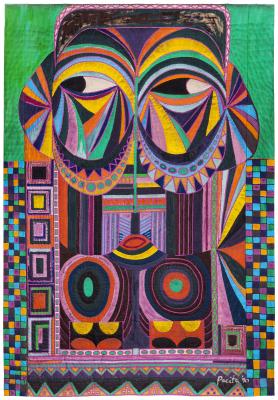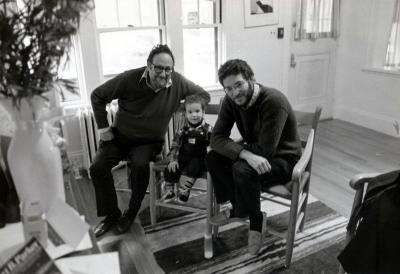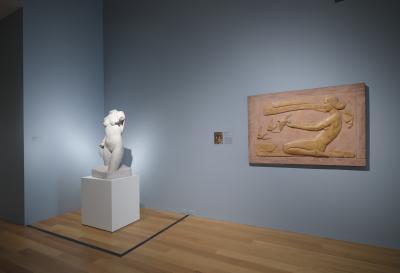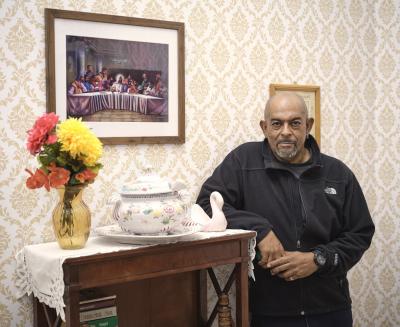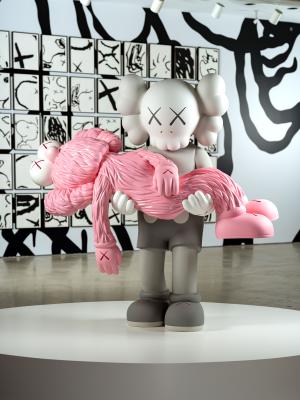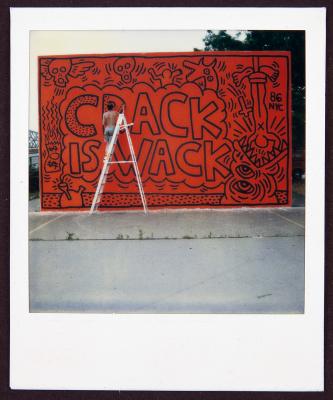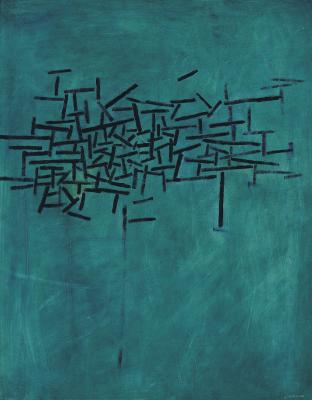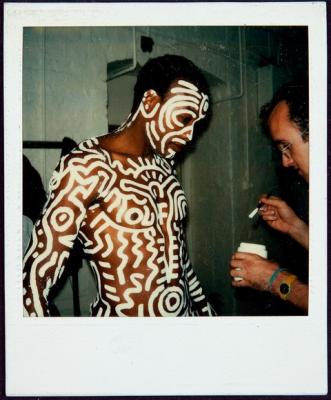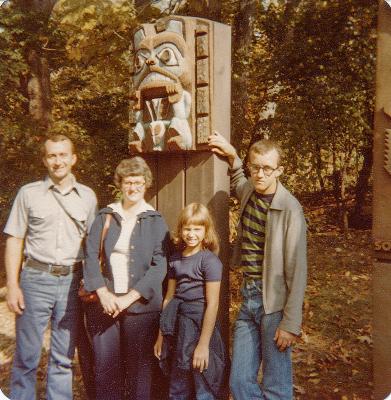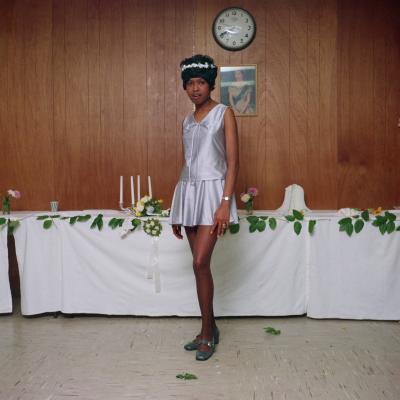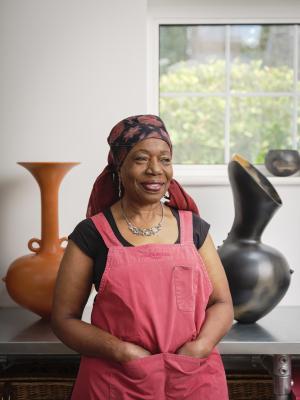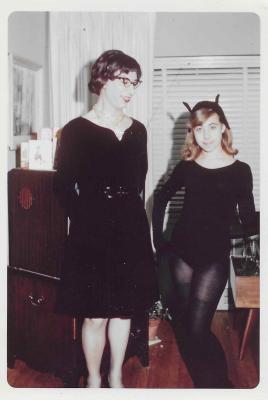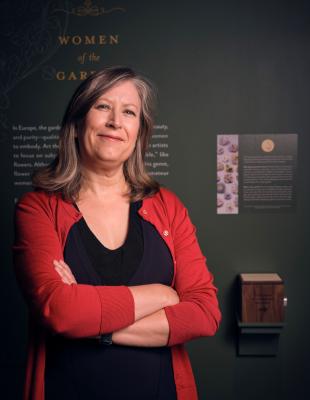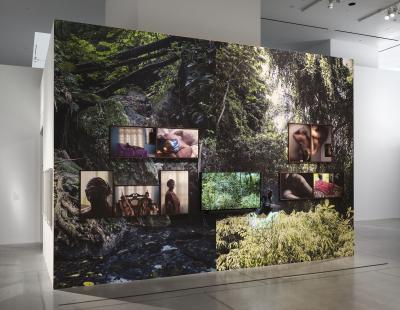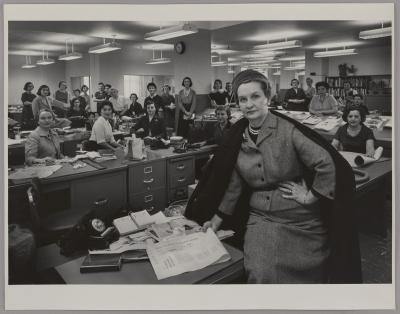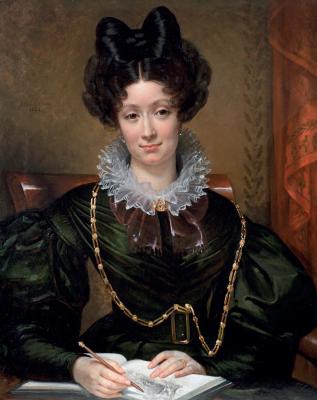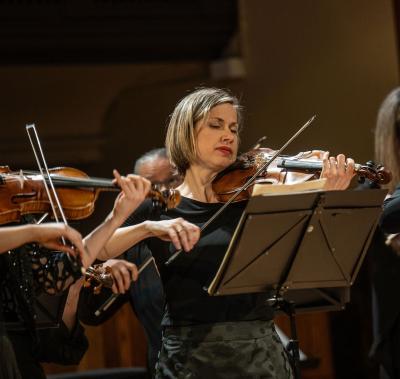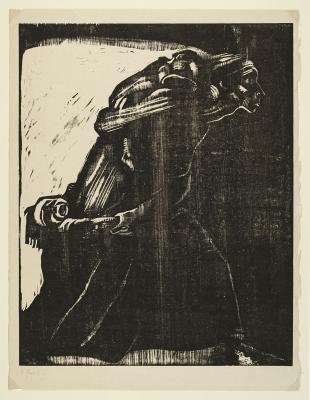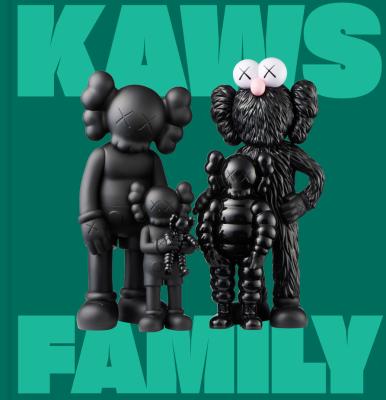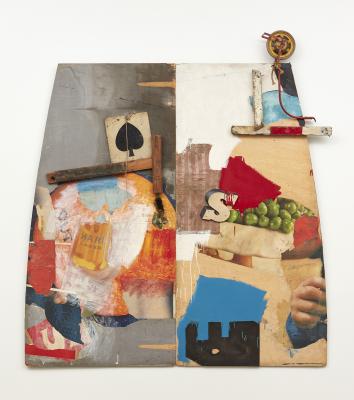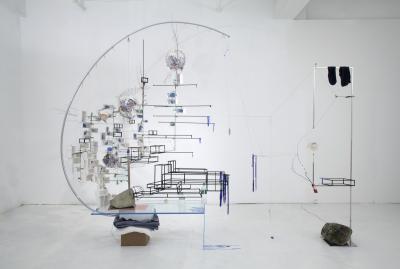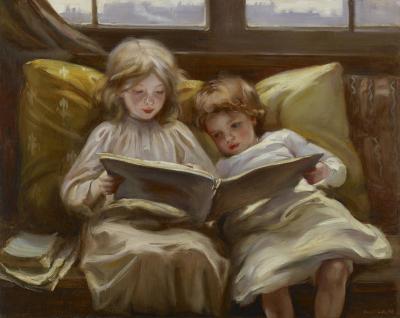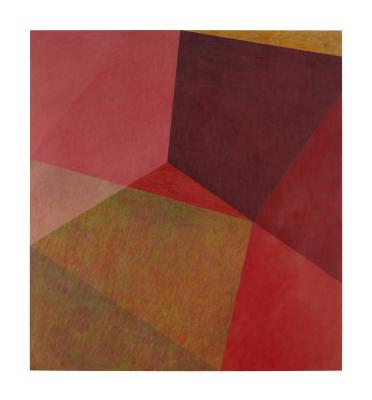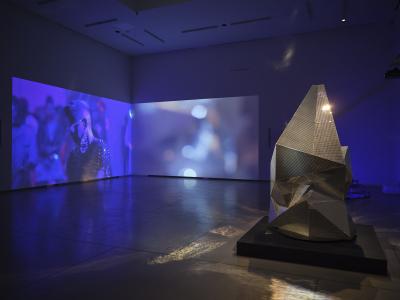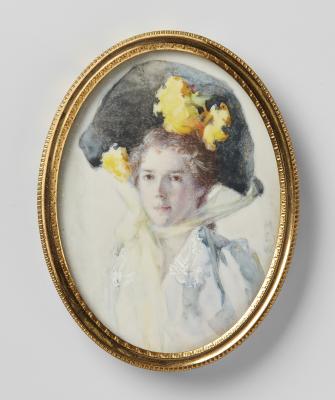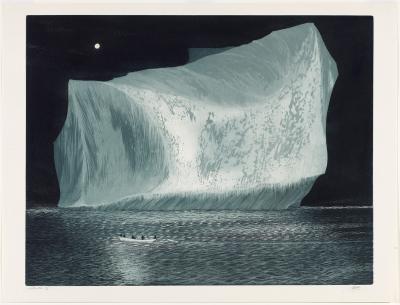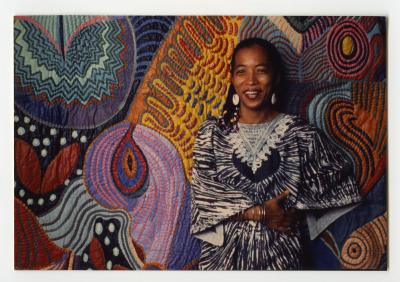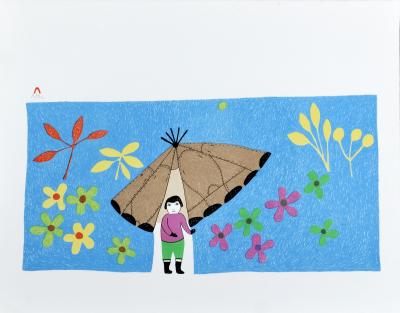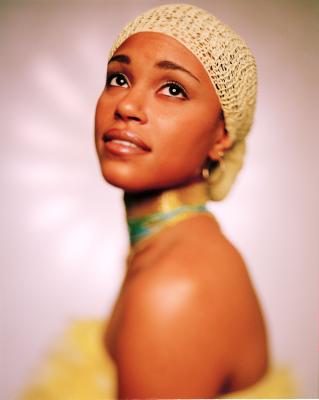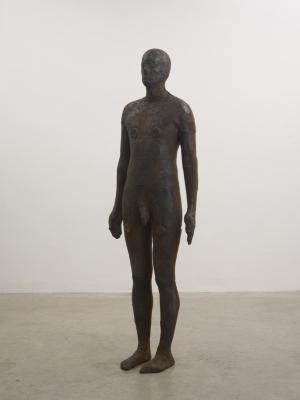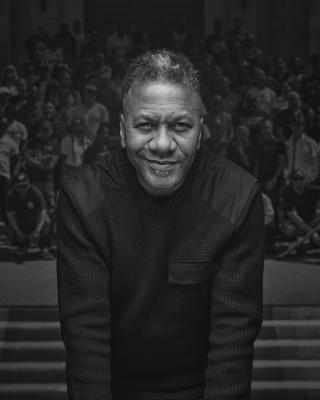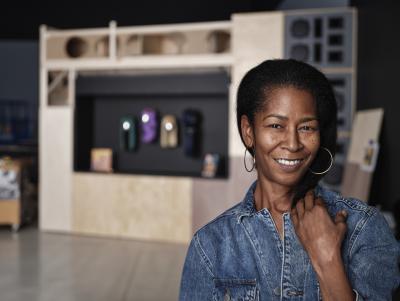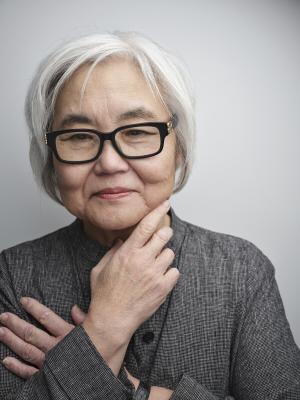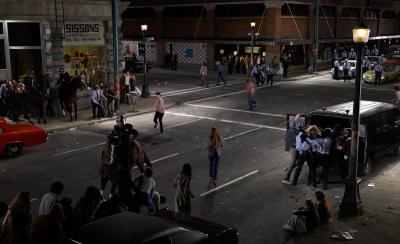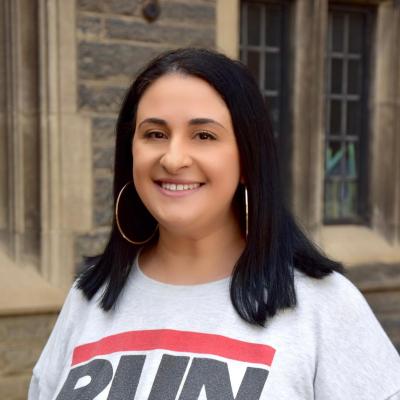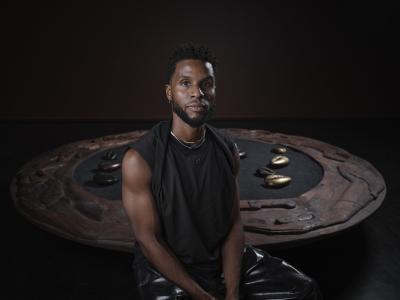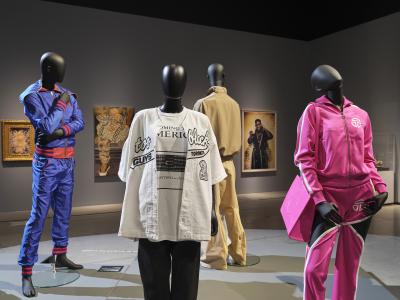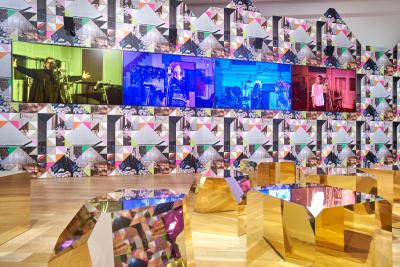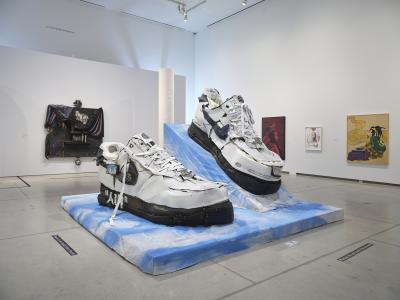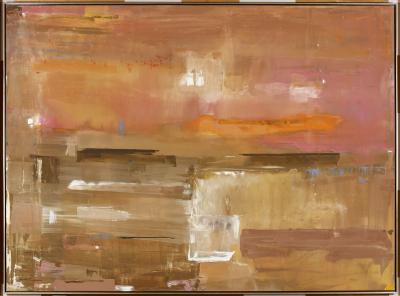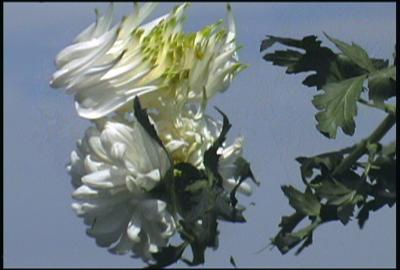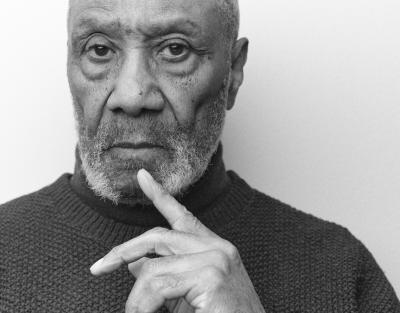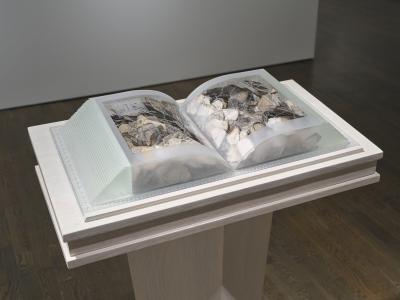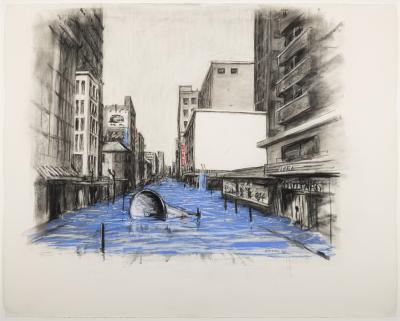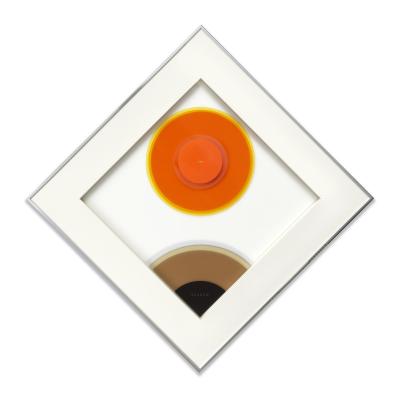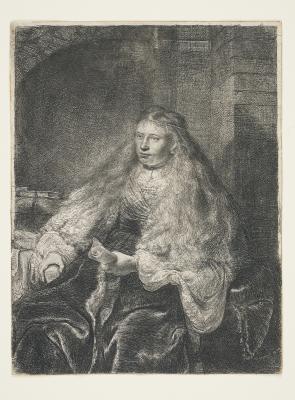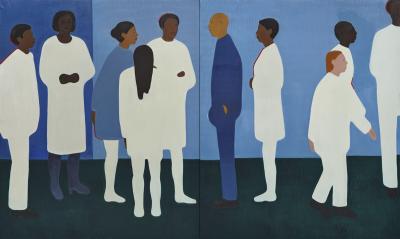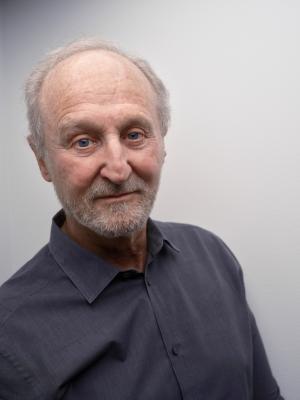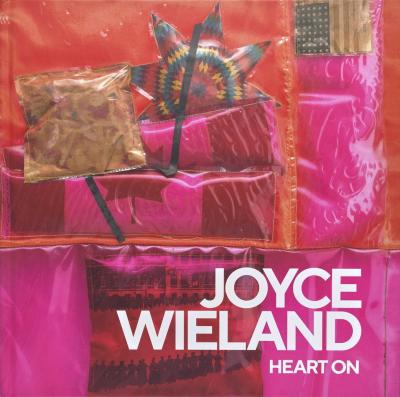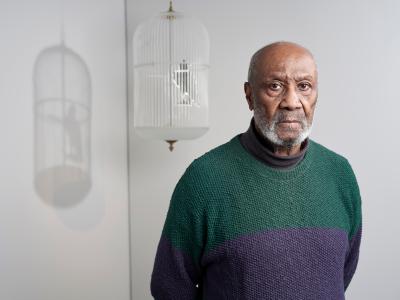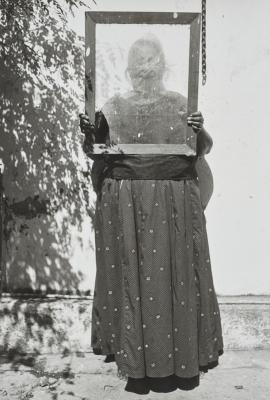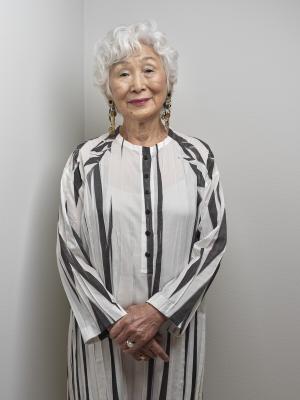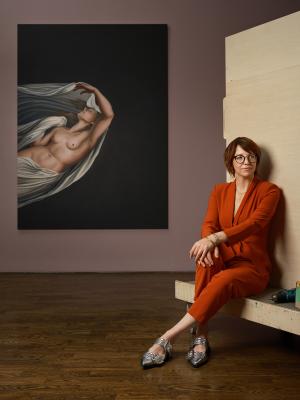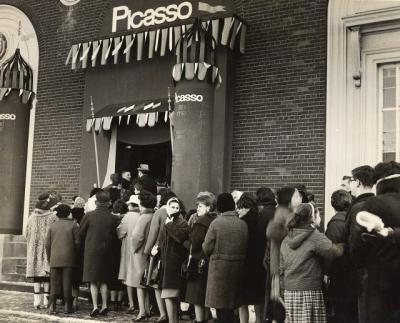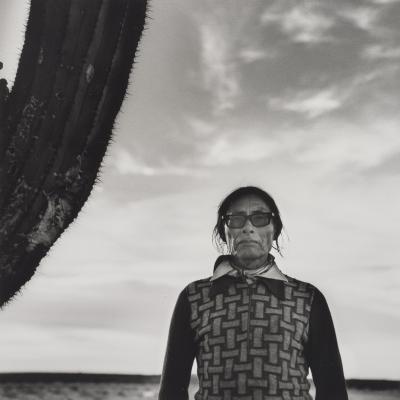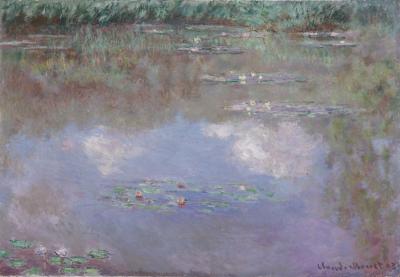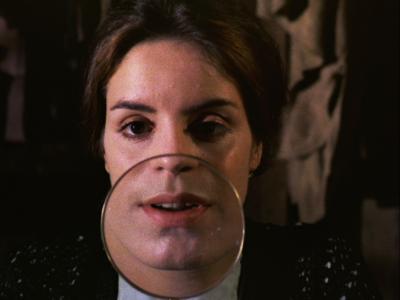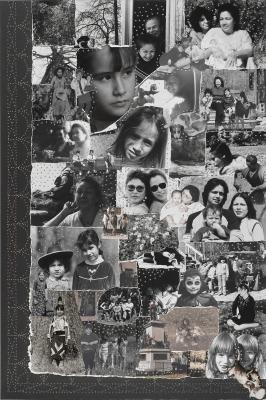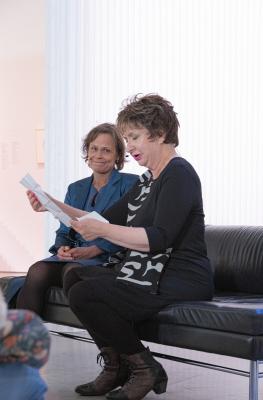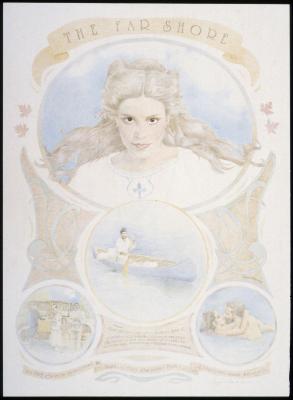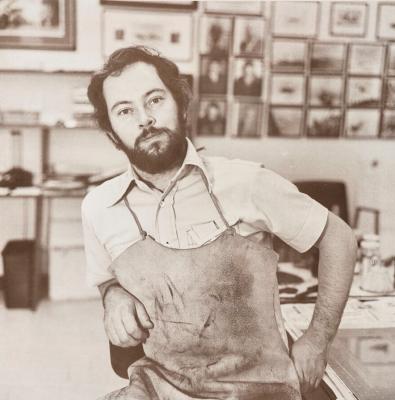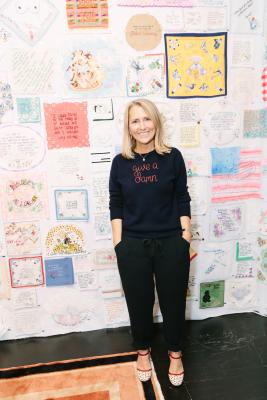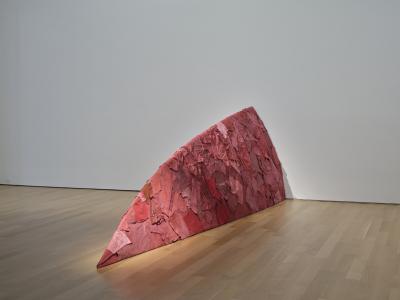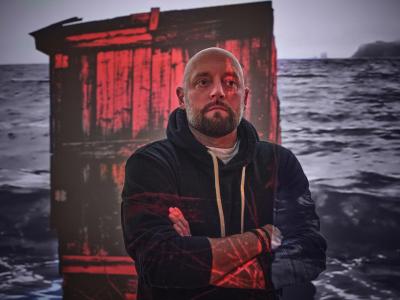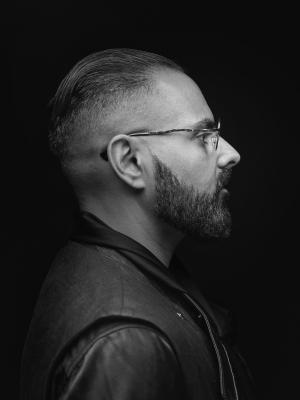Companions: Phil Lind’s Life with Art
AGO Curator Adam Welch reflects on Light Years: The Phil Lind Gift
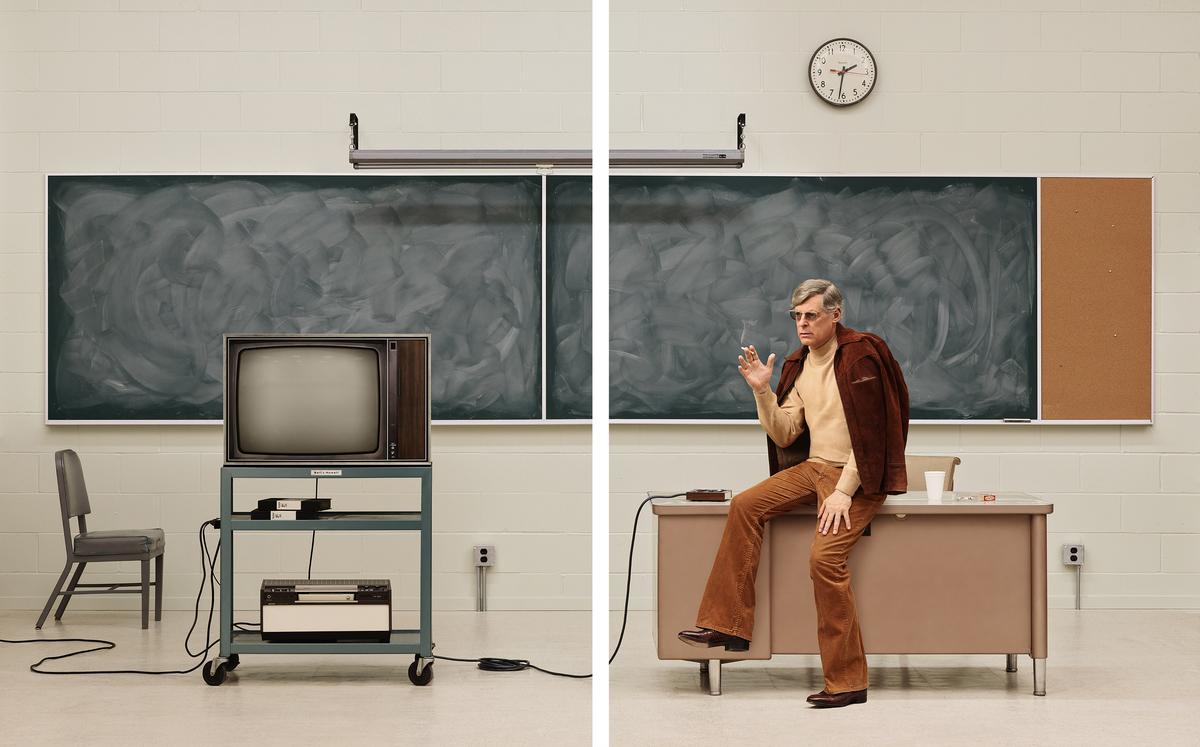
Rodney Graham, Media Studies '77, 2016. Two painted aluminum lightboxes with transmounted chromogenic transparencies, each panel: 232.2 × 182 × 17.8 cm; installed: 232.2 × 376 × 17.8 cm. Art Gallery of Ontario, Gift of the Estate of Philip B. Lind, 2024. 2024/48. © Estate of Rodney Graham. Image courtesy Lisson Gallery.
On view now at the AGO is an exhibition showcasing a range of contemporary artworks by Canadian and international artists, all from the late Phil Lind’s personal collection. A major lover of contemporary art, Lind donated 37 artworks to the AGO including important works by Vancouver school artists Stan Douglas, Rodney Graham, Jeff Wall and others. A selection of 29 works from the Phil Lind Gift, alongside a selection of artworks previously donated to the AGO, as well as loans from the Estate of Philip B. Lind and a Ron Terada sculpture, Entering City of Vancouver (2002) on loan from the Vancouver Art Gallery, are on view now in Light Years: The Phil Lind Gift. The exhibition is curated by Adam Welch, Curator, Modern Art at the AGO, and will remain on view until November 2025.
To learn more, we turn to an excerpt written by Welch from the exhibition catalogue available for purchase online and in-store at shopAGO.
In February 1966, as part of the Sixth Festival of Contemporary Arts in Vancouver, a twenty-two-year-old undergraduate from the University of British Columbia spent an afternoon mesmerized by Bagged Place. The project, by the recently incorporated N.E. Thing Co. (otherwise known as the artists Ingrid and Iain Baxter), took place at the UBC Fine Arts Gallery. A set of four rooms arranged as an apartment, its contents were individually bagged in plastic. The Baxters had borrowed the furniture and appliances from a local department store called Wosk’s. At least one critic at the time recognized the immersive and enigmatic installation as “the first public celebration of McLuhanism.” “It was,” the student later recalled, “the most unusual thing I’d ever seen.”
Some twenty years later, Phil Lind saw the installation again, reconstructed in 1987 for the inaugural exhibition at The Power Plant Contemporary Art Gallery in Toronto, where he served as a board member. In the accompanying publication, guest curator AA Bronson wrote that Bagged Place stood as “a monument to the consumer society…the Baxters were primary forces in investigating ways in which the artist could participate directly with the world of communications, business, and power.”
For the sixty years following that first encounter with N.E. Thing Co.’s Bagged Place, Lind passionately collected work by some of the postwar period’s most innovative artists. When he died in August 2023, his collection was elegantly installed across two properties: an apartment in midtown Toronto and a converted mill on the Rocky Saugeen River, south of Owen Sound, Ontario. Unlike many ambitious collectors of contemporary art, Lind lived with everything he owned. He contemplated and reflected daily on the photographs, drawings, sculptures, and paintings that surrounded him. As with his first encounter with Bagged Place, Lind was undaunted by work he did not yet understand. He appreciated the untested and it was cause for excitement. On seeing new work that engaged him, a broad smile would cross his face. Lind read widely and voraciously about art, took every occasion to talk to artists, curators, dealers, and fellow collectors, and acquired works of art with zeal. His passion for contemporary art was boundless.
Phil Lind was born in 1943 into a family with deep ties to both Ontario and British Columbia. His grandfather, John Grieve Lind, was a prospector during the Klondike gold rush and later, alongside his brother, co-founded the St. Marys Portland Cement Company in 1912. The family’s philanthropy went on to considerably shape the small Ontario town of St. Marys during the early twentieth century. Following studies at Ridley College, Lind briefly attended McGill University before switching to the University of British Columbia in 1963. Later, he earned an MA in political sociology from the University of Rochester.
Engaged in politics since high school, Lind moved in Progressive Conservative party circles during his time at UBC. Although somewhat at odds with his conservative interests during the late 1960s, he profoundly admired Robert F. Kennedy, and this respect for Kennedy’s liberal and anti-racist values continued throughout Lind’s life. (Decades later, Lind would be drawn to Philip Guston’s work for its complex response to this same period in American history.)
In 1967, Lind married Anne Rankin and two years later they moved to Toronto, where he began to connect with artists and galleries. In the early 1970s, Lind met Greg Curnoe – not, as it happens, through the art scene, but through his father’s friend Jake Moore, then-president of Labatt. Lind came by his interest in American culture and politics naturally; he was half-American through his mother and endlessly fascinated by the differences between the two countries. In the late 1960s, Curnoe’s Canadian nationalism reached a fever pitch, as the artist believed strongly that American cultural imperialism was having a damaging effect on art and fellow artists in Canada. Despite these fundamental differences, their meeting had, by Lind’s own recollection, “a tremendous influence on me when I first became interested in Canadian art.” Curnoe’s work —though steeped in a politics antithetical to Lind’s own — conveyed “sentiments [that] just seemed to soar in the air,” Lind remembered. “I was so impressed.”
Lind’s collecting began in earnest in the late 1980s, aided by the formidable art advisor Jeanne Parkin. Parkin played a crucial role in introducing Lind to a network of Toronto artists and gallerists. An adroit guide—following studies at the University of Toronto and Harvard University, including a formative museum training course led by Paul Sachs—Parkin worked at the AGO in the late 1940s. A member of the Gallery’s Women’s Committee since the 1950s, she established the Art Rental and Sales program at the Gallery in 1965. Lind couldn’t have found a more seasoned advisor than Parkin, and her influence on his first decade of collecting is difficult to overstate. (Much later, in 2006, she advised on the commission of Julian Opie’s People walking. for Rogers Communications’ headquarters at Bloor Street East and Mount Pleasant.) Partly due to his formative encounters with the work of Curnoe and N.E. Thing Co., Lind consistently collected their collages, photographs, and drawings. Many of the artworks Lind acquired with Parkin were by senior Canadian artists, but he also purchased work by international artists working with local dealers. For instance, Lind bought photographs by Hilla and Bernd Becher as well as Laurie Simmons from the Toronto dealers Olga Korper and Sandy Simpson.
In 1994 Lind purchased, from Simpson, an important four-panel work by the queer artist group General Idea, which had formed in Toronto in 1969. Three Men #1–#4 (1977) freely combines photographs of the artists with sourced images from Fortune magazines of the 1940s and ’50s. In one panel, the artists gather at a drafting table around a stack of blueprints, engaged in work; inset at lower-left is a line drawing of three men on a construction site, in suits and hardhats, similarly discussing plans. The analogy between artists and executives would not have been lost on Lind.
—
To read the rest of this essay, check out the exhibition catalogue now available at the shopAGO online and in store.
Text by Adam Welch, Curator, Modern Art, AGO.
Light Years: The Phil Lind Gift is on view now at the AGO through November 2025. It is located on Level 2 of the AGO in Signy Eaton Gallery (gallery 224). The exhibition is organized by the AGO and curated by Welch.
